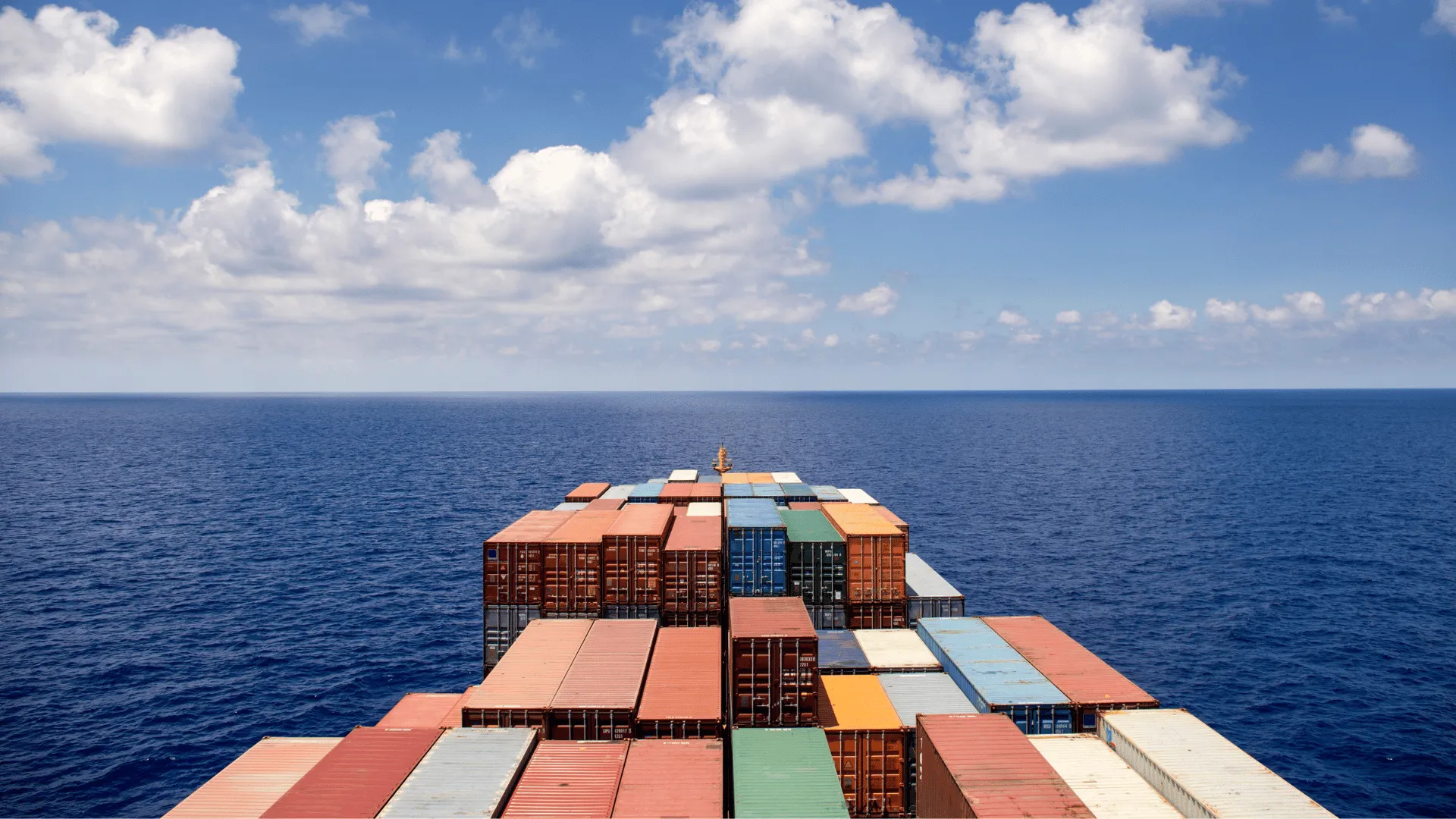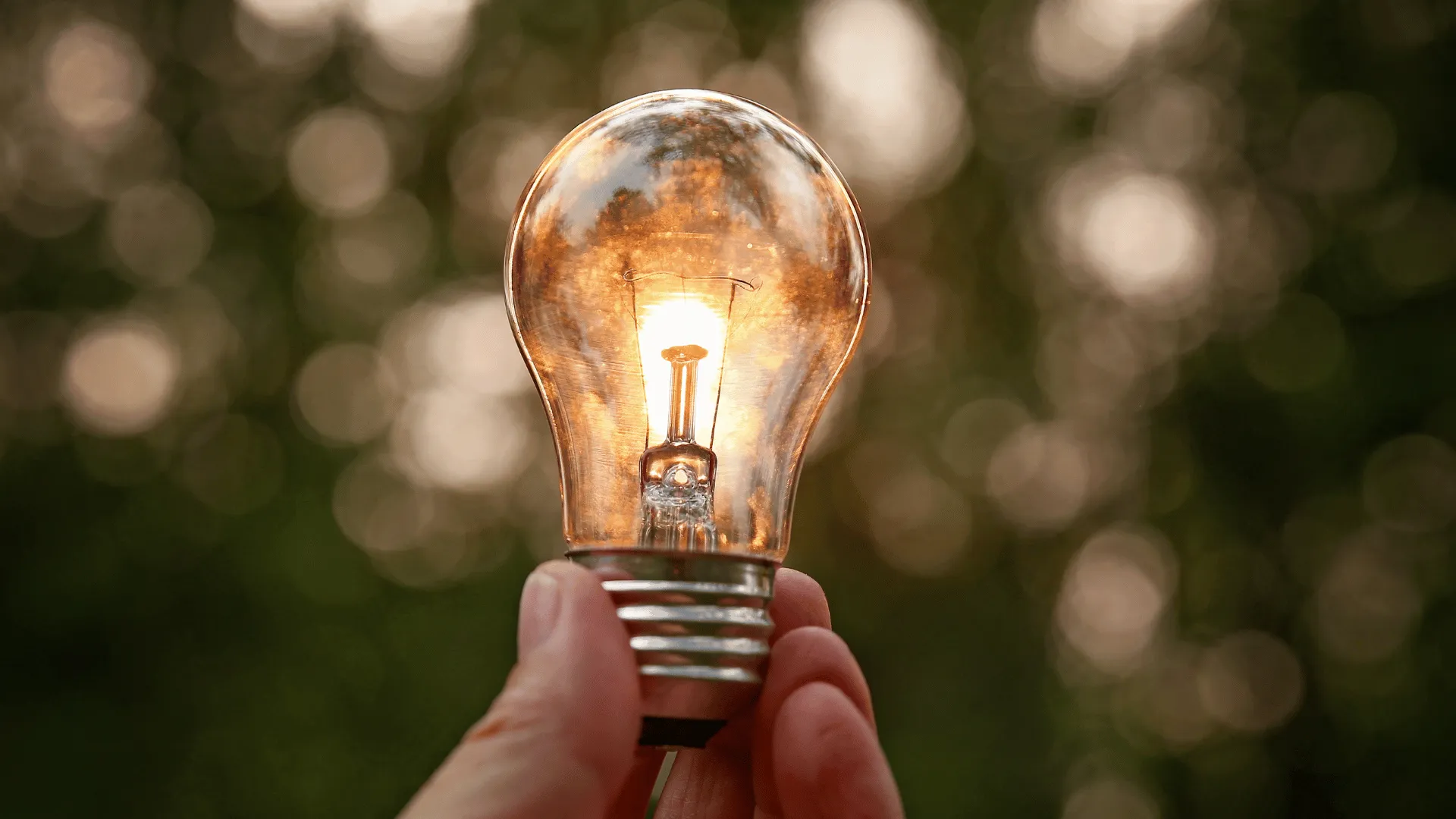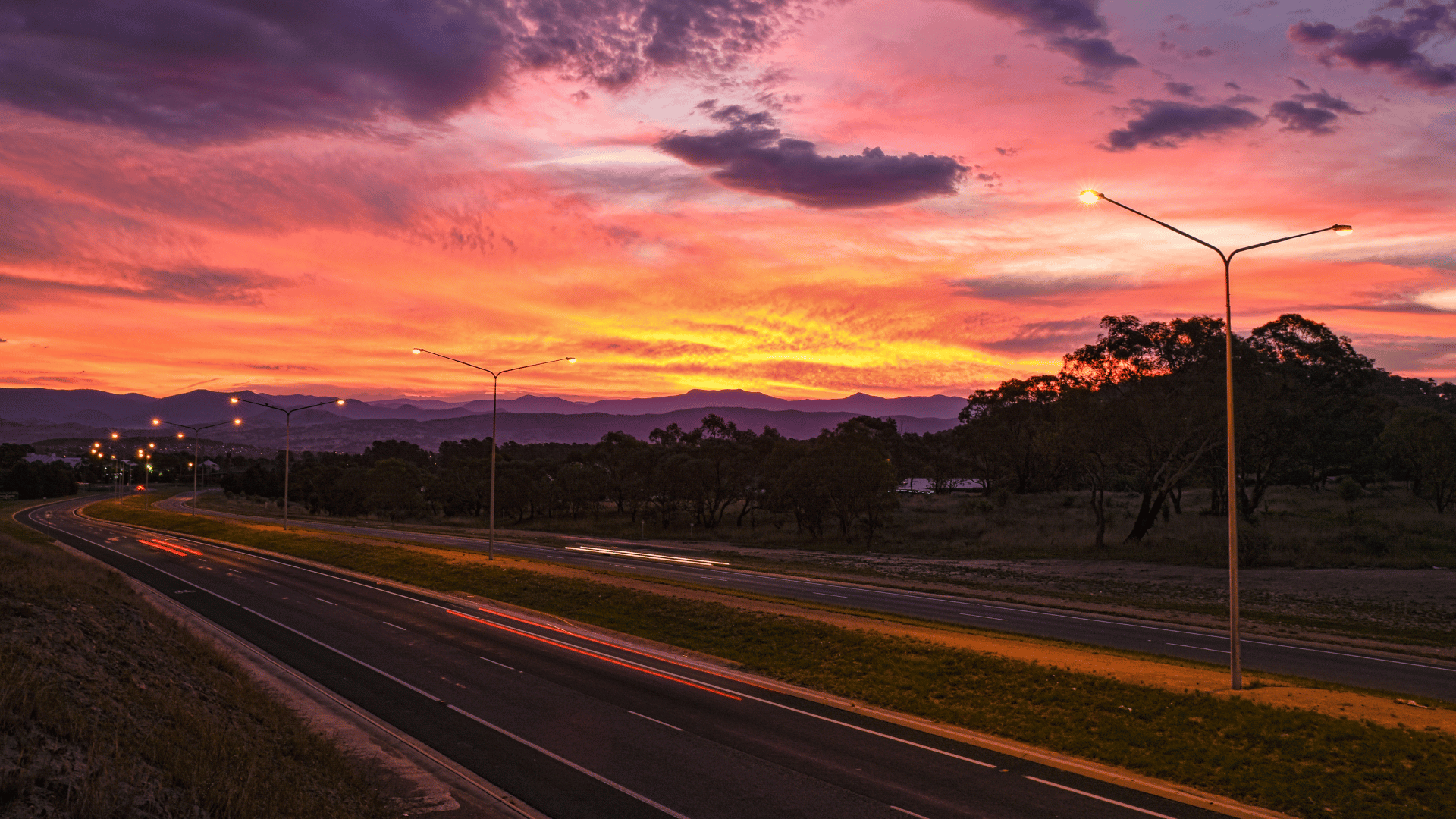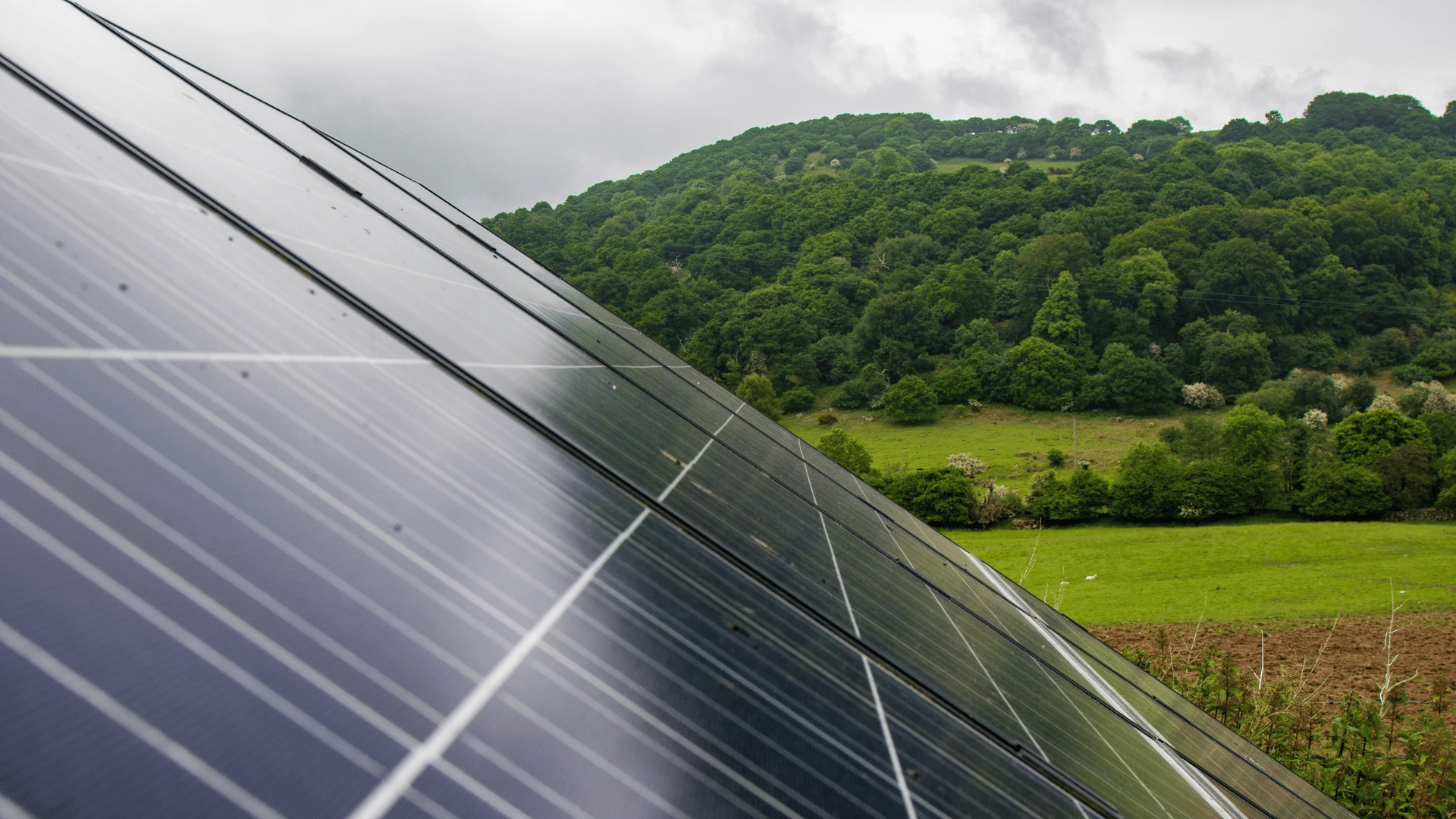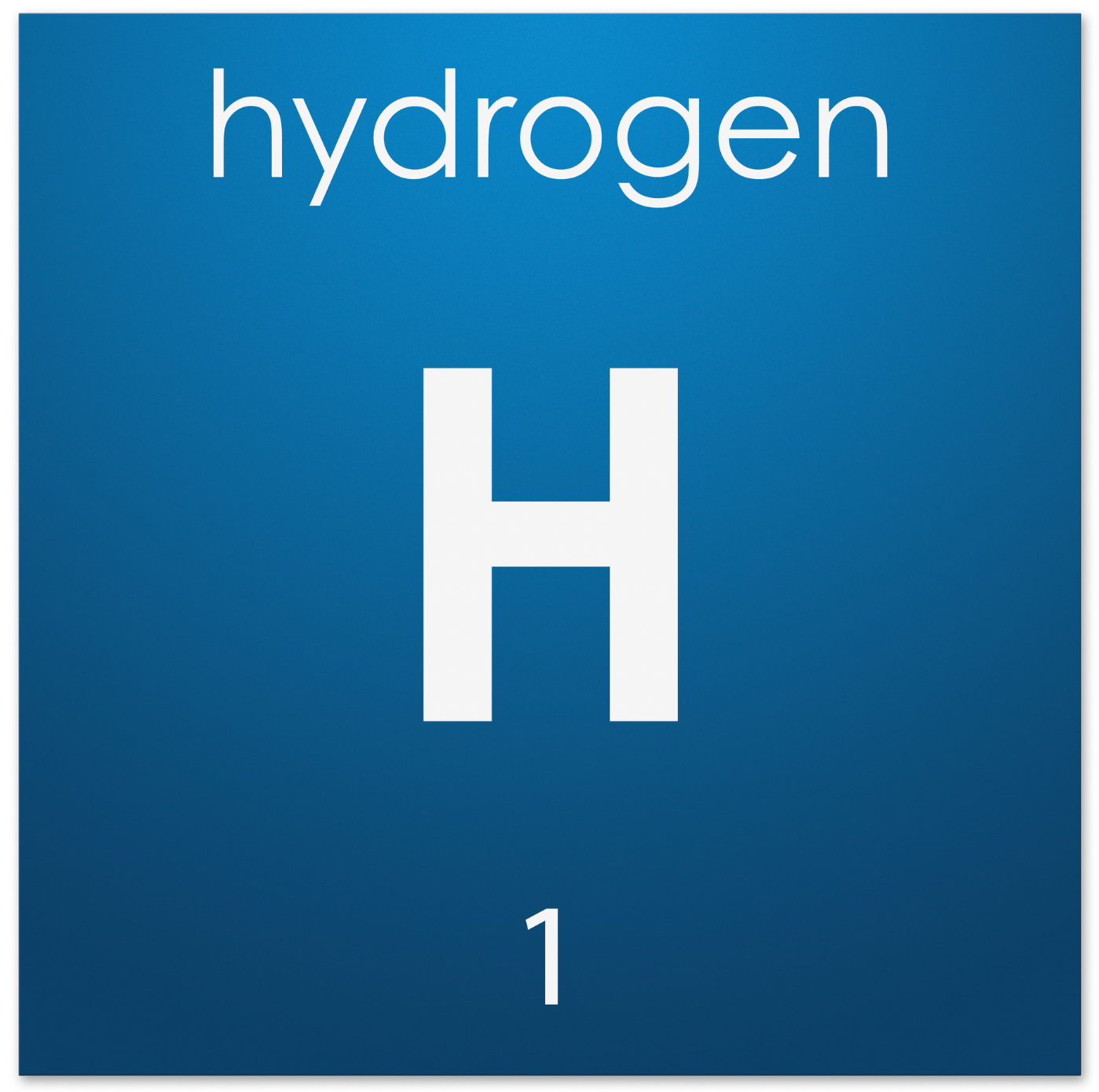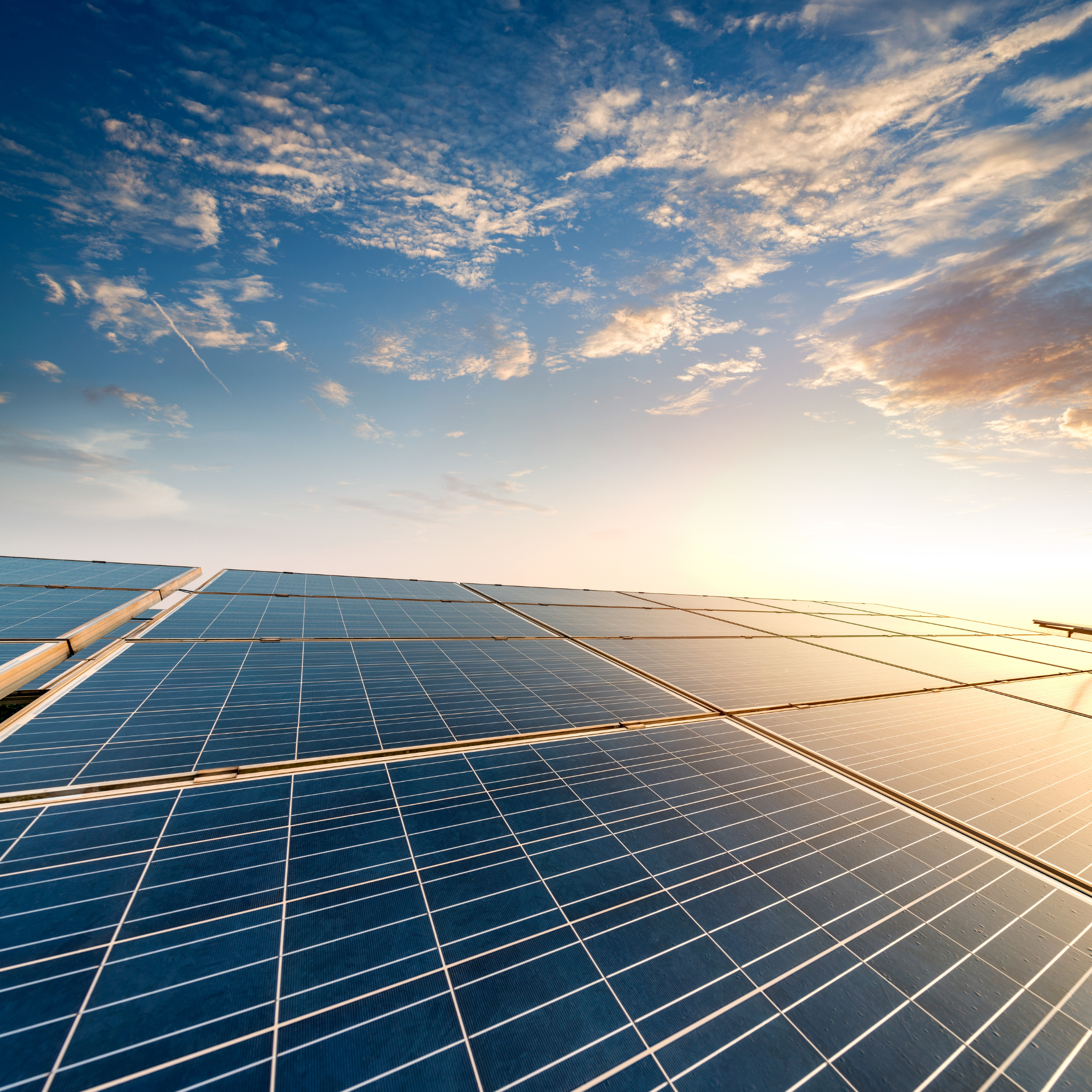In an ambitious bid to combat climate change, the European Parliament has introduced legislation, including a Carbon Border Adjustment Mechanism (CBAM), aiming to drastically cut greenhouse gas emissions.
With a target of at least a 55% reduction by 2030, this initiative could have far-reaching effects, particularly for large industries whose operations produce considerable carbon emissions.
Central to this package are two key measures. Firstly, it proposes to phase out free allowances under the European Emission Trading Scheme (ETS) by 2026. Secondly, it introduces the Carbon Border Adjustment Mechanism (CBAM), which sets tariffs on goods produced using carbon-intensive processes, particularly those prone to ‘carbon leakage’ — a term for shifting carbon-intensive production stages to countries with more lenient climate policies.
While the CBAM concept is gaining momentum globally, with countries like the UK, Japan, Canada, and the US exploring similar mechanisms, it presents its own challenges. Despite Australia’s ongoing considerations for a CBAM amidst resistance from carbon-intensive sectors, the complexity and cost of compliance, including intricate accounting and potential auditing bottlenecks, could pose significant obstacles to its widespread implementation.
This is a summary article from Edge2020 – read the original article.

